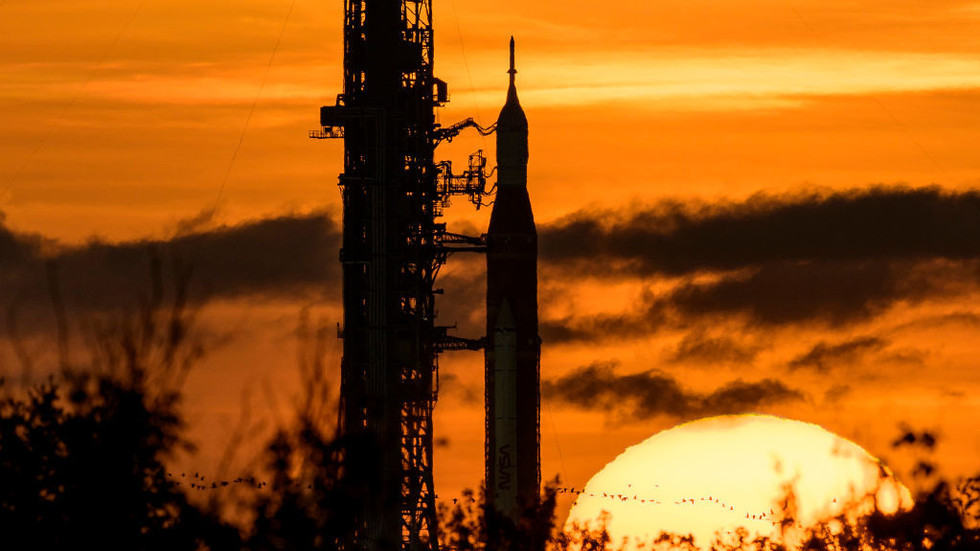NASA has announced delays to its key Artemis missions, Artemis II and III, due to technical difficulties, pushing the expected launch dates to 2026 and 2027, respectively. Originally set for earlier launches, the Artemis program aims to return humans to the Moon, marking a significant milestone in space exploration. The Artemis mission takes its name from the Greek goddess of the Moon, honoring the legacy of the Apollo program that achieved the first Moon landing in 1969. This new initiative not only seeks to land astronauts on the lunar surface but aims to include a woman on this historic venture. To accomplish these ambitious goals, NASA is employing advanced technologies, including the Orion spacecraft and the Space Launch System (SLS) rocket, developed through collaborations between American and European aerospace giants, Lockheed Martin and Airbus.
The Artemis program has undergone extensive testing to mitigate risks to astronauts, especially concerning the heat-shield issues identified in the Orion spacecraft. NASA’s commitment to addressing these challenges demonstrates its determination to ensure the safety of its crew as they prepare for the Moon’s environment. The revised timeline now sets Artemis II for an uncrewed mission in April 2026, followed by Artemis III’s crewed lunar landing projected for mid-2027. This timeline reflects a significant shift from earlier expectations that projected landing astronauts, including a woman, on the Moon as soon as this year, marking over fifty years since Neil Armstrong’s historic Moonwalk in 1969.
While the primary focus of the Artemis program is lunar exploration, it is also designed to serve as a stepping stone for future interplanetary missions, particularly to Mars. Although a crewed mission to Mars is still several years away, anticipated for the late 2030s or early 2040s, the experience and information gained from the Artemis missions will be crucial in shaping those endeavors. NASA’s forward-looking approach is closely tied to international competition, as other nations, particularly China, have ambitions to explore the Moon and Mars. Recent statements from NASA administrator Bill Nelson highlight the urgency of these goals and the competitive landscape, asserting that the planned mid-2027 Artemis III mission will occur ahead of China’s goal to land astronauts by 2030.
The race for lunar exploration is not just between the United States and China; it extends to the inclusion of international partnerships and private sector involvement. Both nations are fostering collaborations to increase their technological capabilities in space exploration. With the Artemis program, NASA is actively seeking commercial partnerships, utilizing private companies to achieve its ambitious lunar goals. Thrusting the space sector into a new era of cooperation and competition, these developments are setting the stage for future advancements that go beyond just lunar exploration. The landscape is rapidly evolving, making the Artemis program both a source of national pride for the United States and a strategic move in global space policy.
In line with these developments, the leadership of NASA is evolving as well, with notable figures entering the fray. Recently, President-elect Donald Trump nominated Jared Isaacman, a billionaire and experienced space traveler, to take the helm at NASA. Isaacman’s background in private spaceflight and his demonstrated capability in conducting space missions represent a fresh approach to NASA’s leadership. His nomination underscores the increasing importance of private industry in space exploration and hints at NASA’s commitment to leveraging such talent and resources to realize its ambitious goals.
Overall, NASA’s Artemis missions represent a significant leap not only in returning humans to the Moon but also in preparing for future exploration of Mars and beyond. While setbacks and delays are part of complex space projects, the dedication to safety and long-term planning suggests that the agency is on a promising trajectory for the future of space exploration. By fostering international collaboration and tapping into the burgeoning private space sector, NASA aims to lead the world in lunar and planetary exploration. As the agency recalibrates its timeline in anticipation of Artemis II and III, it remains focused on fulfilling its vision of a sustainable human presence on the Moon and out into the solar system.

